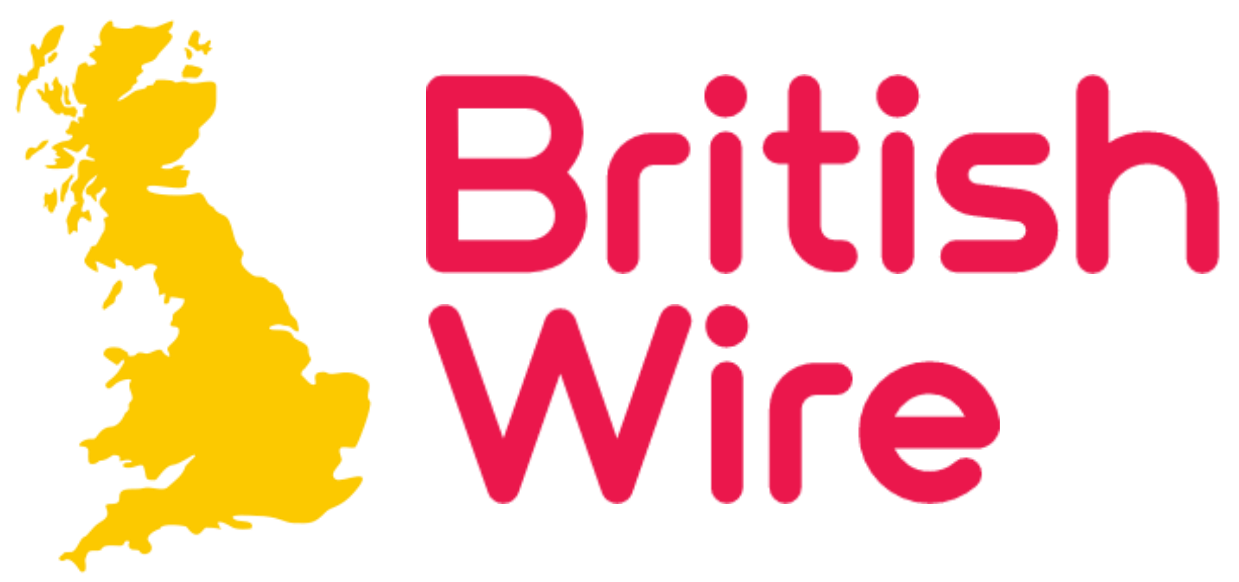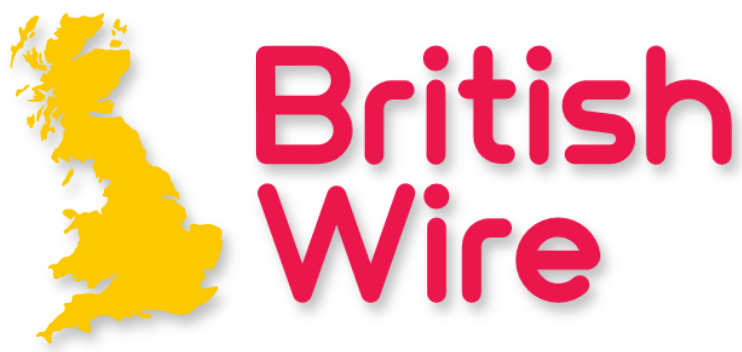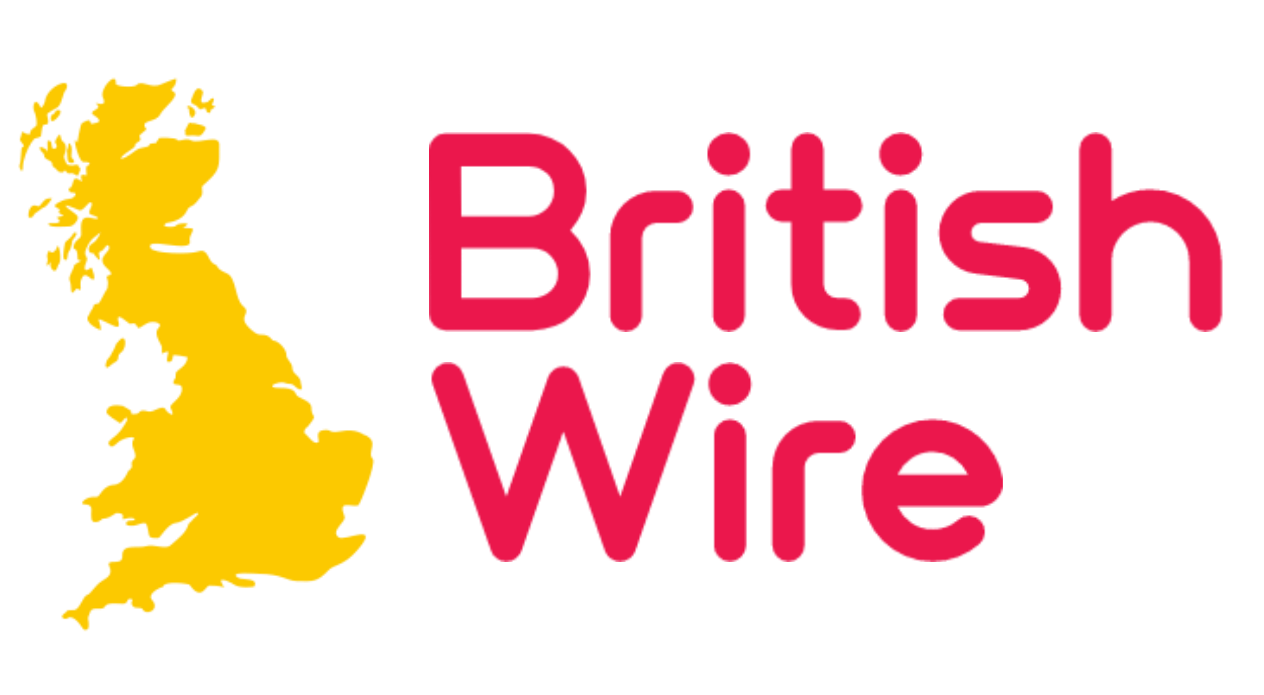Fare evasion cost Ireland’s public transport system more than €20 million in 2024, with the highest losses recorded on Dublin-area trains and buses, newly released figures from the National Transport Authority (NTA) reveal.
Data obtained under Freedom of Information legislation shows fare evasion rates varied widely across services, with the worst compliance seen on DART and commuter rail lines. An average of 6.9% of passengers on these services travelled without valid tickets, translating into a revenue loss of €4.6 million.
The situation was most acute on certain commuter routes such as Dublin-Drogheda and Dublin-Longford, where evasion rates peaked at 15%. The Cork-Mallow rail line saw the lowest evasion, at just 1.3%.
Despite the high evasion figures, rail operator Iarnród Éireann avoided penalties thanks to its rates remaining within the NTA’s 6.9% threshold for DART and commuter services. On intercity routes, the company performed even better, with just 1.4% of passengers dodging fares. This compliance earned Iarnród Éireann a €37,000 performance incentive.
In contrast, Dublin Bus experienced the largest monetary shortfall, losing an estimated €6 million to fare dodging. However, it also posted one of the lowest evasion rates among operators at 3.4%, staying below the NTA’s 3.9% threshold and achieving full compliance on 26 routes.
Bus Éireann, which operates services across regional cities and towns, recorded an average fare evasion rate of approximately 5%, resulting in €4.5 million in lost revenue. The operator faced deductions of over €118,000 for missing target compliance rates. Two routes in Cork, the 220X (Ovens-Crosshaven) and 206 (Grange-South Mall), had exceptionally high evasion rates of over 34%.
Go Ahead Ireland, another major bus operator in the greater Dublin area, posted an average evasion rate of over 6%, with some routes such as the W4 and W6 hitting the 6.9% mark. The company incurred over €121,000 in financial penalties and an estimated €1.3 million in lost revenue.
Tram services on the Luas also saw notable losses. According to Transport Infrastructure Ireland, 4.2% of Luas passengers travelled without valid tickets in 2024, costing the network around €1.7 million. The Red Line had a higher evasion rate (4.9%) than the Green Line (3.4%).
The NTA has committed to continuing efforts to tackle fare evasion, which it says undermines investment in services. “We are making progress and will continue to work with all operators to improve compliance,” a spokesperson said.
Revenue performance now plays a key role in determining financial penalties or bonuses under the state’s public service contracts with operators.

















